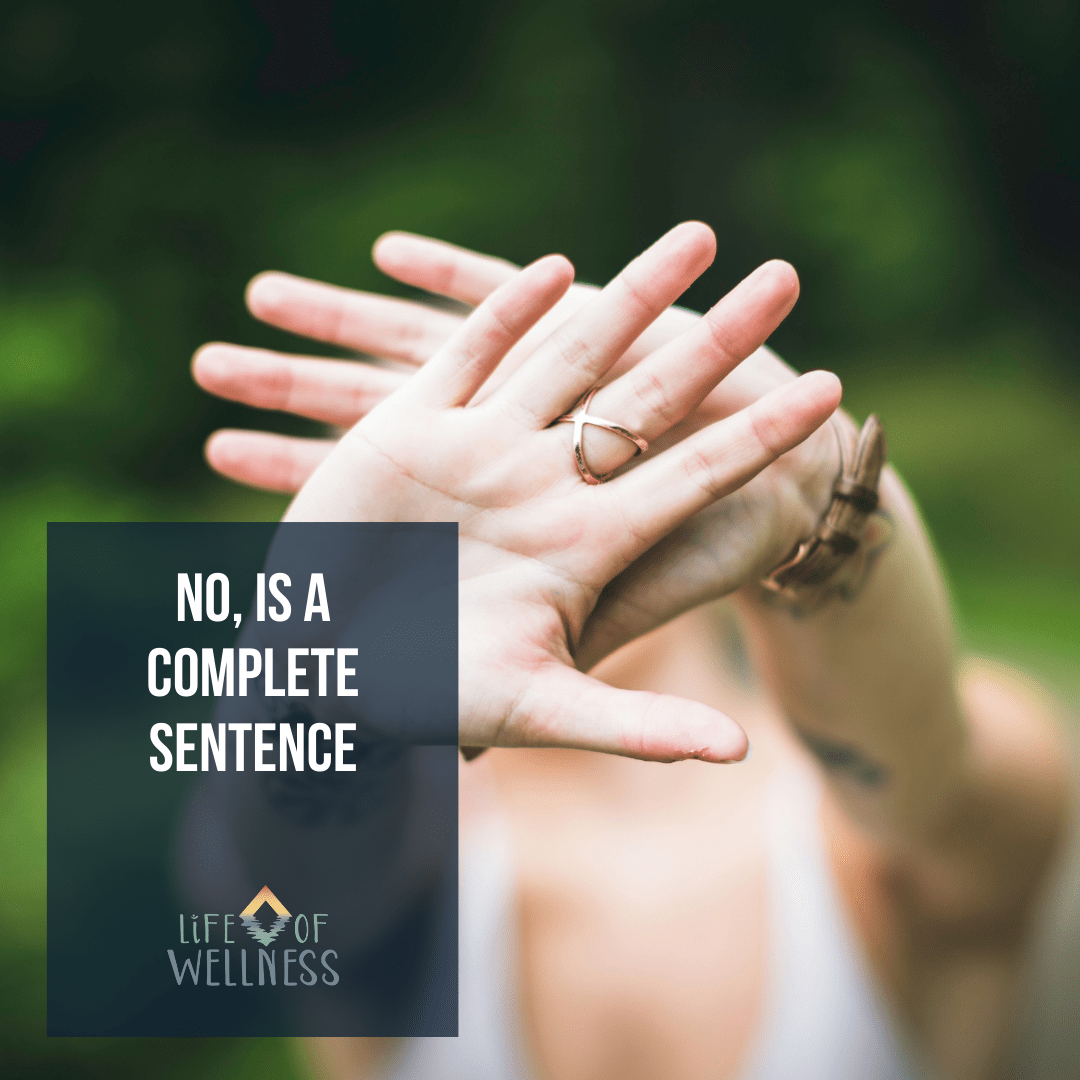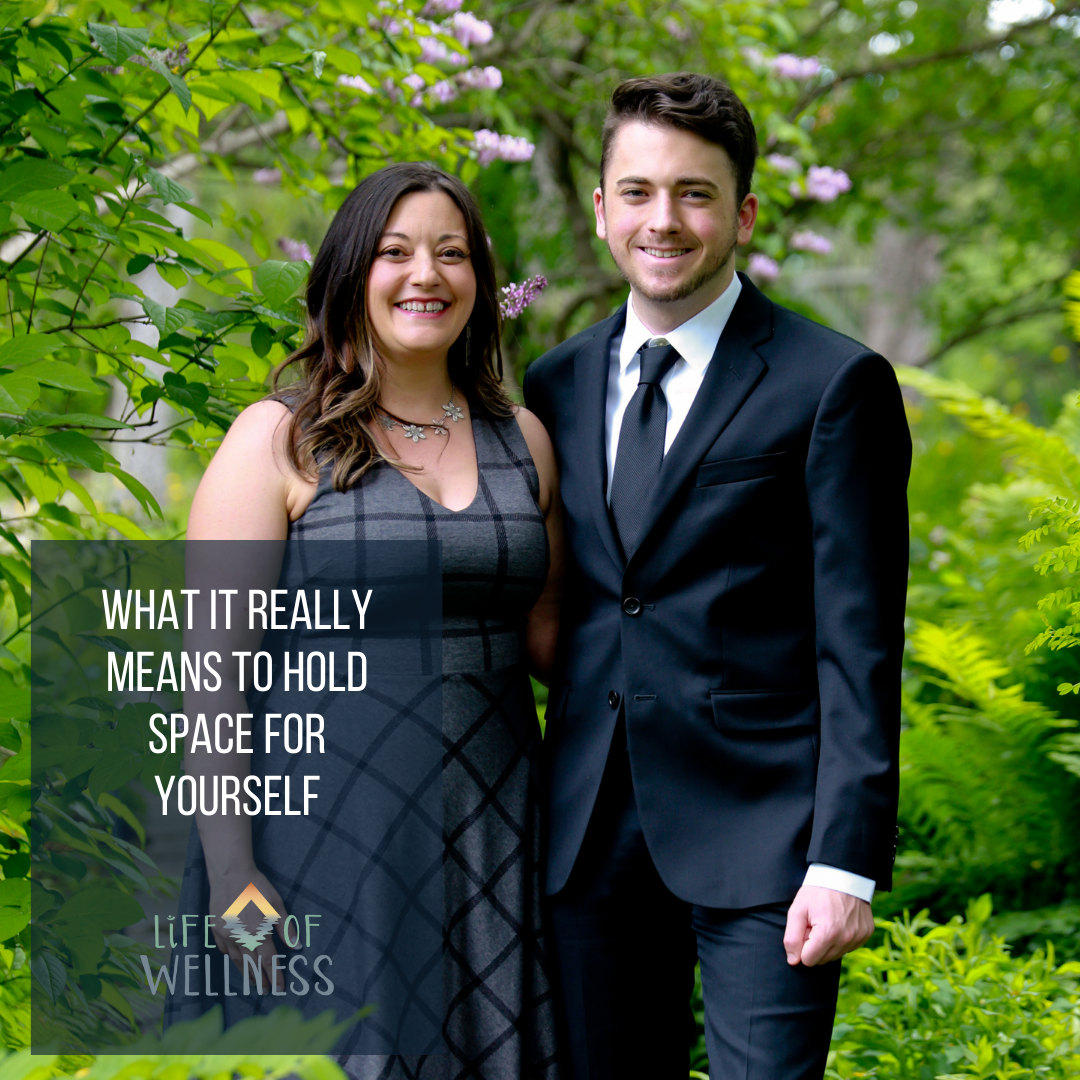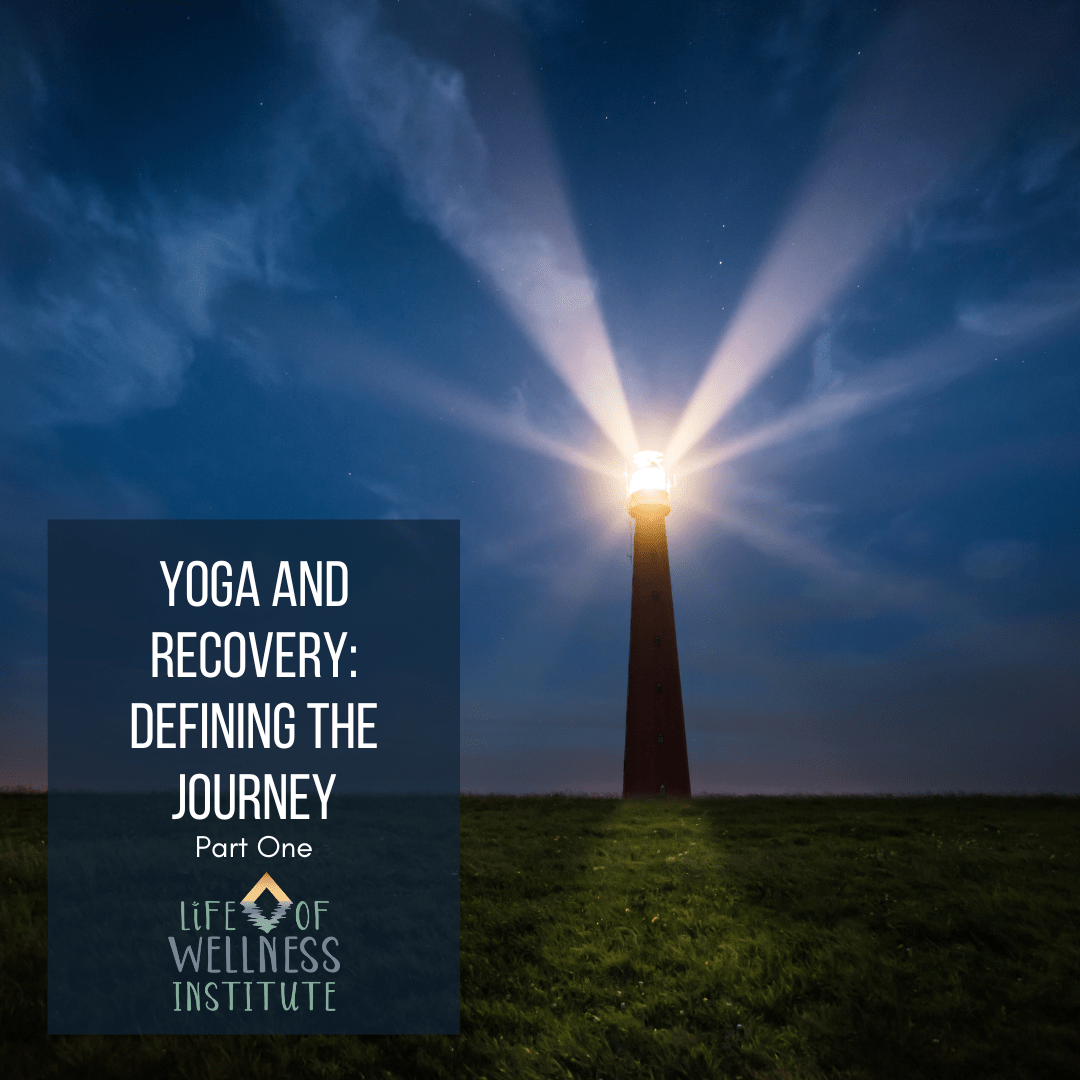Mental health is a tender human experience, and we must be mindful of how we discuss it and share practices that may support us through it. Meditating is often touted as a “cure-all” for mental health. While it may be a helpful practice, it is neither a panacea nor easy. This misinformation is a disservice to those who may be helped by meditating.
It can be challenging for anyone to sit with self and the mind’s thoughts and not judge or try to change them. Additionally, many things can distract someone from meditating, and it can be hard to focus your thoughts. It can be tremendously helpful to validate and normalize these challenges and adapt our teaching methods to meet people where they are.
In this article, we will discuss how meditating can be challenging, how to validate and normalize the range of experiences, and some contraindications to consider.
Suffering in Silence
When I started my meditation practice, I was instructed to sit silent, not engage my thoughts or clear my mind. Teachers had shared how it had helped them, that it was a science-based practice, and that it would help me. During practice time, I found meditating incredibly challenging. My mind seemed to get louder and my thoughts more challenging. Often, I would feel worse, facing more symptoms and feeling like something was wrong with me. This was further complicated after the practice, as the teacher checked in, and everyone described peaceful experiences. Feeling alone in my experience, I was afraid to answer.
Over the last several decades, there has been fascinating research on the multifaceted benefits of meditation, mindfulness, and yoga, from helping people cope with chronic pain and illness to helping manage anxiety, depression, trauma, eating disorders, cancer recovery, addiction, and so much more. Additionally, benefits include improving focus, attention, and interoception—which supports developing the skills of emotional and nervous system self-regulation. When I read about the science of meditation and yoga practice for mental health, I felt broken instead of hopeful. Realizing that I could not follow the cues of my meditation teacher left me feeling like something was wrong and I was unable to heal.
I have heard from hundreds of students, clients, friends, and fellow survivors of mental health who share similar experiences. While our culture around mental health is changing, the reality is that most people experience shame and are already dealing with so much. The last thing someone with mental health challenges needs is platitudes, misinformation, myths, or tools without validating and normalizing the range of possible experiences! So, let’s dive into the most common challenges.
1. Meditating is hard!
Sitting in stillness with ourselves, without distraction or reaction, is not easy, especially for those experiencing trauma and physical or emotional pain. Frankly, this describes a significant portion of the population. So, let’s get real! It takes courage, patience, and self-compassion to meditate. It involves a willingness and a safe environment to be present for what might surface—such as emotional pain, challenging thoughts, beliefs, memories, internal dialogue, and a range of emotions.
So, we need to share and validate realistic expectations and authentic meditation experiences. Meditating is a practice of being with our experience as it is with self-compassion and gentleness. How we prepare ourselves, and our students that meditation can and often feels challenging may be precisely what is needed to have peace of mind with the range of experiences.
Part of the gentle mental preparation is to find a comfortable position, reassuring yourself and permitting yourself to take care of yourself should anything too painful surface. A common experience is being more present with physical pain, such as the embodied experience of our emotions or the physical pain of being in a seated pose. Remind yourself that you will not be rigid with yourself, as this may inevitably be a hurdle to the benefits.
There is little right or wrong in meditating being gentle and acting with self-compassion is always helpful.
2. Meditating Cues: “Clear your mind”
This is a problematic cue for meditation. The goal of meditation is not to not have thoughts. In fact, there are many clinical terms for the lack of thoughts in the brain—blank mind syndrome, mind blanking, or brain death. Trying to stop your mind from thinking is like trying to stop the wind from blowing—it’s impossible. In Eastern teaching, the mind is described as like a monkey bitten by a scorpion. Just as monkeys leap from branch to branch, the mind leaps from one thought to another, constantly distracted and busy. When we sit still and try to clear or quiet our minds, we face what may seem like manic activity and feel like something is wrong when the stillness and attention are simply causing us to be present in the mind’s normal activity.
Experiencing the mind as busy is very normal! Research out of Queen’s University in Canada found that humans have around 6.5 thoughts per minute or about 6,000 per day, assuming 8 hours of sleep (and discounting thoughts while sleeping). It’s not as if you can suddenly turn your mind off!
Meditation is a practice in which an individual uses a technique – such as mindfulness, or focusing the mind on a particular object, thought, or activity – to train attention and awareness, and achieve a mentally clear and emotionally calm, and stable state. As we practice, we get better at not engaging the thoughts in our minds. Every time you find your mind drifting, daydreaming, remembering the past, or planning ahead, just come back to now, come back to this moment. Every time you return to the present is a win!
3. Meditating and distraction
Our autonomic nervous system (ANS) is complex and always in action. In addition to running the critical functions in our bodies, such as helping us breathe, helping our heart pump, and helping us digest food, our ANS is also helping us scan, interpret, and respond to danger cues.
The world is filled with distractions and things that attract our attention. In meditation, we practice not reacting to those distractions, which is complicated for those with trauma and a highly alert nervous system. (For more information see Polyvagal Theory by Dr Stephen Porges)
Meditation is like learning to play music; it is something we practice over time, patiently working towards getting the notes right. Just like a musician would record music in a recording room, we can create a space that minimizes distractions, feels safe, and permits us to meet as we are—for example, keeping our eyes open and softening our gaze if it helps us feel safe.
4. Platitudes and Gaslighting
Validating and acknowledging the range of experiences with meditation can be comforting. However, in our desire to help, even when we want to resolve someone’s suffering, we can cause harm.
Common practices that may be challenging
- Body scans, especially for those who are developing a new relationship with their body and where being in their body is already challenging such as those with trauma, eating disorders, dissociation, etc.
Cues to stop using
- “Just relax” or “find tension in the body and just let go” as though it has been their choice to hold the tension up until now. Instead, focus on practices that support releasing physical inflammation, tension, and the sensations of emotion in the body. As well as practices that support nervous system regulation.
- “You just need to take a deep breath” or “take a deep breath in” as though that is the key to healing. Instead, support the person with breathing that helps shift into a parasympathetic nervous system response, such as gently and progressively elongating the exhale or Ujjayi breathing.
- “Corpse pose” or “final resting place” for those facing trauma, PTSD, illness, suicidality, or experiencing grief can be incredibly challenging. Instead, consider “resting pose”.
Why I choose Viniyoga
Viniyoga is an ancient Sanskrit term that means appropriate application and implies differentiation and adaptation. It is a holistic healing discipline that addresses the entire person (body, breath, mind, behaviors, emotions, & spirit) in an interconnected way.
Its teaching emphasizes a comprehensive and authentic transmission of yoga designed for everyone’s unique body and mind. It is a therapeutic approach to yoga that adapts the various means and methods of practice to each individual’s unique condition, needs, and interests – giving each practitioner the tools to individualize and actualize the process of self-discovery and personal transformation.
The practices of yoga provide the means to support each practitioner to embrace their life, health, and wellness fully and compassionately. This requires understanding a person’s present condition, personal potential, appropriate goals, and the means available. Just as every person is different, these aspects will vary with each individual.
Viniyoga invites us to look through the lens of the individual and THEN reach into our toolbox with wisdom and consider which are appropriate. It invites us to work WITH ourselves and our students with curiosity and compassion.
Final Thoughts
Witnessing survivors over the last thirty years has been profoundly humbling and inspiring to both of those I have had the privilege to serve, but also of the brilliance of the human capacity to heal. Hope can be a dangerous and empty promise when shared without realistic expectations, acknowledging and validating experiences, and making it okay not to be okay.
If you take anything away from this, I wish for you to meet yourself and your students where you are with loving kindness, patience, and compassion. Work with the resilience and brilliance that is ALREADY within.




It’s so true that meditating isn’t always a walk in the park, especially for those dealing with mental health issues. I totally appreciate the tips on how to navigate these challenges and the emphasis on realistic expectations. It’s something that is often overlooked when it comes to meditation. Thanks for sharing these valuable insights.
Hi Brian, thank you for your feedback. Great to hear you found the post valuable.